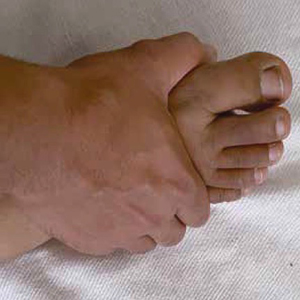Implication and utility of DAS-28 squeeze in rheumatoid arthritis: an Indian experience

All claims expressed in this article are solely those of the authors and do not necessarily represent those of their affiliated organizations, or those of the publisher, the editors and the reviewers. Any product that may be evaluated in this article or claim that may be made by its manufacturer is not guaranteed or endorsed by the publisher.
Accepted: 10 August 2022
Authors
The purpose of this study was to compare and correlate disease activity score including 28 joints counts (DAS-28) Squeeze with DAS-28 and clinical disease activity index (CDAI) to assess disease activity (DA) in rheumatoid arthritis (RA) patients. A total of 100 RA patients were included in the study. All subjects were evaluated for disease activity using the DAS-28 Squeeze, DAS-28, and CDAI. Spearman’s rho (ρ) was calculated to determine the correlation between DAS-28 Squeeze, DAS-28, and CDAI. Cross-tabulation was performed to compare and calculate the kappa coefficient for the link between two indices. For each scale, Cronbach’s alpha was also calculated to test dependability. The average age of the study group was 43.9±11.3. The mean scores on the DAS-28 Squeeze, DAS-28, and CDAI were, respectively, 3.58±1.06, 5.06±1.56, and 22.81±14.92. p=0.001 indicated a significant correlation between DAS-28 Squeeze and DAS-28 (ρ=0.986) and CDAI (ρ=0.939) for DAS-28 Squeeze. There was a considerable correlation between all three measures at various DA levels. Cronbach’s alpha for DAS-28 Squeeze, DAS-28, and CDAI were respectively 0.716, 0.663, and 0.734. DAS-28 Squeeze exhibited a substantial positive association with DAS-28 and CDAI for assessing disease activity and appears to be a more useful and reliable method than DAS-28 and CDAI for monitoring disease activity in RA patients.
How to Cite

This work is licensed under a Creative Commons Attribution-NonCommercial 4.0 International License.











